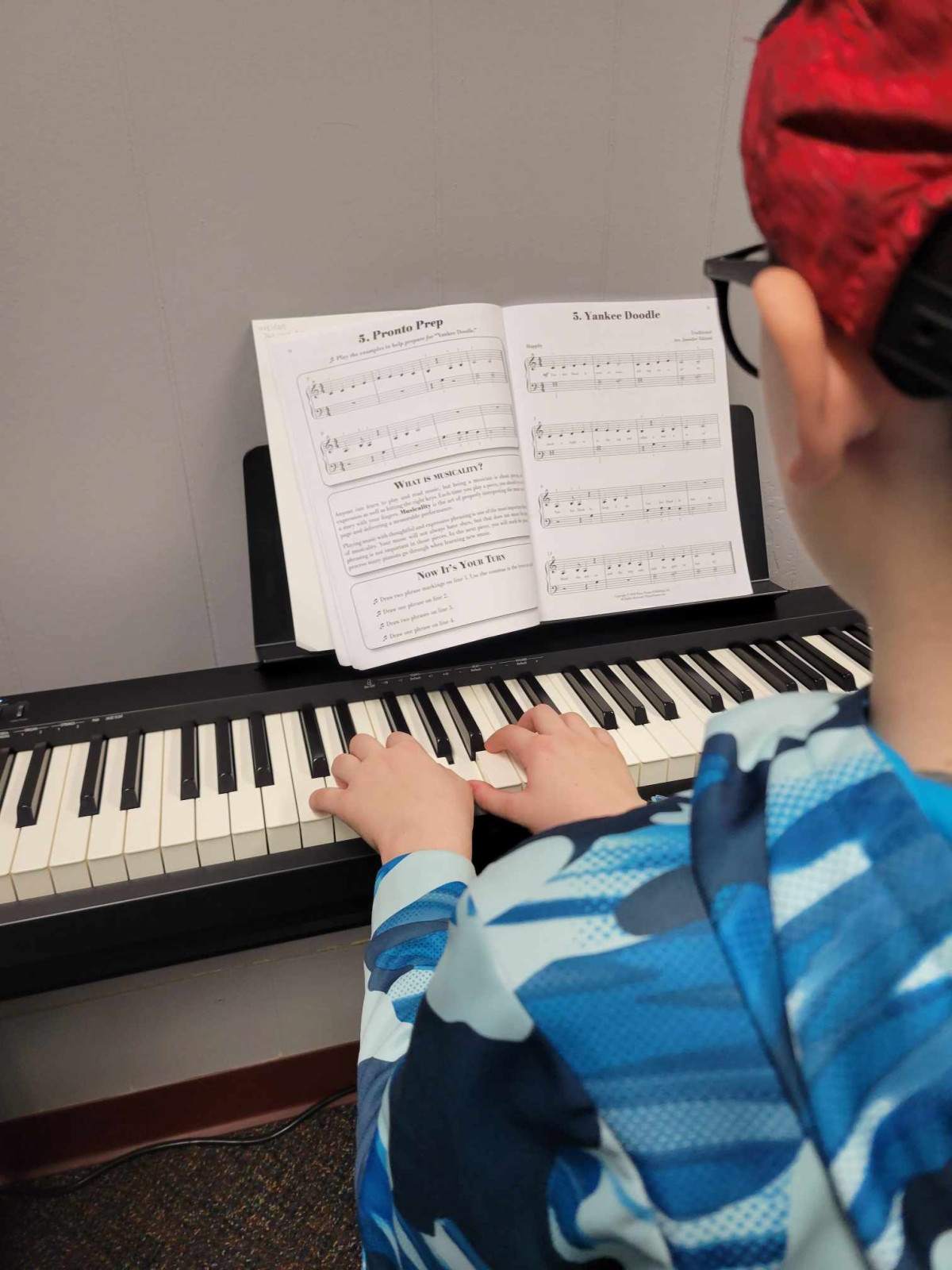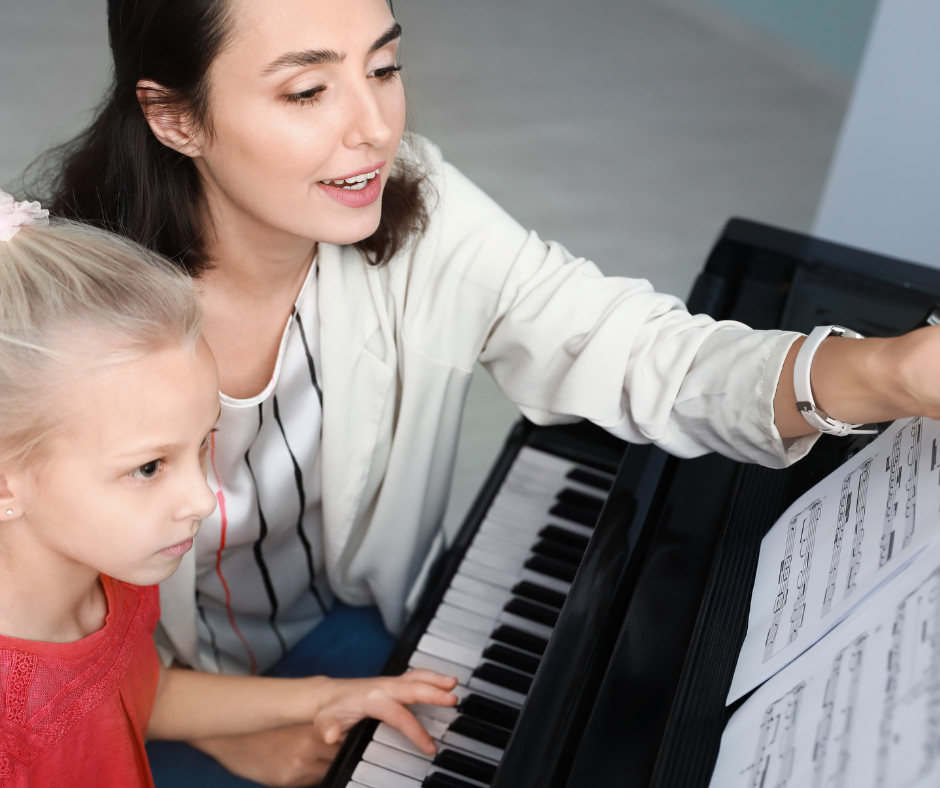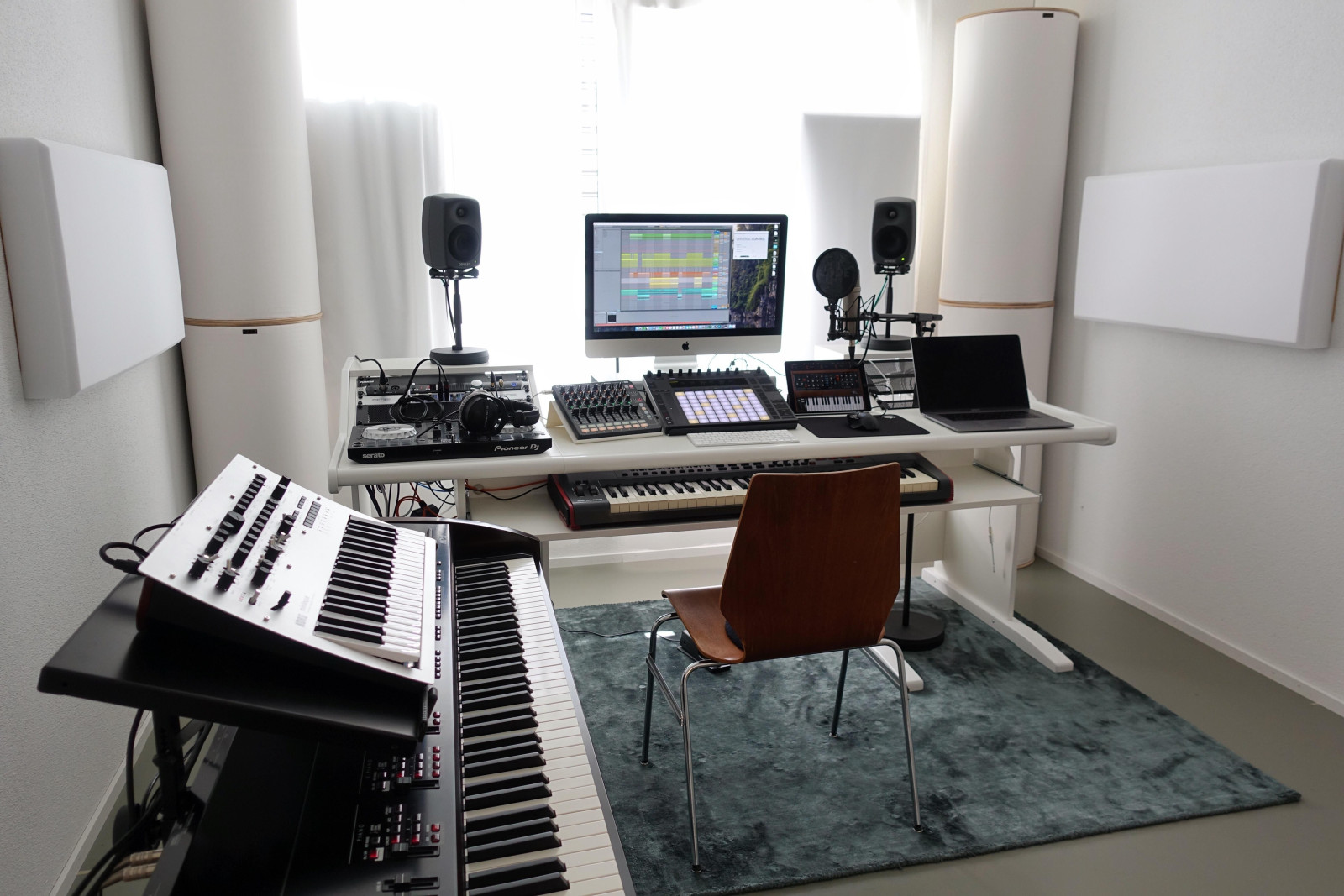
There has got to be a better way to teach music.
That’s another story.
Signs freelance teaching might be your next step:
- You’re still passionate about teaching, but totally burned out by the system
- You want more flexibility for your family, your health, your sanity
- You’re craving more creativity, freedom, or income potential
- You’re drawn to the idea of building something that’s yours

You’ve been showing up on Instagram. You’re posting about your lessons. You’re even trying those little trending audios where you point at text boxes and lip sync (major kudos if you actually enjoy those 😅).
“Maybe I’m just not cut out for this…”
“What am I missing?”
“Why is this working for other teachers but not me?”
The truth they don’t tell you about going freelance.
Bills. Doubts. The pressure to “build a brand.”
The fear of giving up a steady paycheck for something that might not work.
We start posting online.
We try to “build an audience.”
We hope the students will come.
❌ Followers are not the same as leads.
You can have a viral post and still no paid bookings.
Because visibility ≠ viability.
But email marketing is where real connection—and real business—happens.
Wait… do I really need email marketing?
If you’re dreaming of digital offers, group programs, local partnerships, creative freedom and real income... then yes.
It’s your direct line to the people who care about what you offer and are ready to go deeper.
- It’s personal. You’re showing up in their inbox, not buried in a feed based on an arbitrary algorithm.
- It’s intentional. You can guide people through a journey, not just hope they happen to see your next post.
- It converts. Like, way more than social. (Some stats say 6x higher. I believe it.)
So… what should I send?
- A weekly tip or encouragement
- A behind-the-scenes story from your teaching or biz-building life
- Student wins or testimonials
- Updates on offers, workshops, new resources
- Sneak peeks & early release offers
- Free content with a clear Call To Action (even if that CTA is “come hang out with me!”)
But what if I’m still not getting bites?
Who exactly are you trying to help?
What do they actually need?
How do you solve that problem better than anyone else?
Suddenly, people start saying things like: “It’s like you’re inside my head.”
Final thoughts from someone who's been there...
You’re building a business.
A business that reflects who you are and how you love to serve.
A business that doesn’t rely on algorithms or burnout to grow.

“But I’m doing all the things… why isn’t this working?”
Spoiler alert: what you’re doing might not be marketing. It might just be posting.
Wait, isn’t social media part of marketing?
It leads somewhere. It’s part of a system. It helps move people from stranger → curious → ready to book.
🚩 You might just be posting if:
- You're posting consistently but still not getting inquiries
- You’re not sure what the goal of your posts actually is
- You don’t have a system to follow up with interested people
- You’re relying on “hope marketing” (as in: “I hope someone sees this and books a lesson or buys a course!”)
- You’re not collecting emails or offering clear next steps
What real marketing actually looks like
- You know who your ideal student is (and speak directly to them)
- You offer clear next steps (not just “like and share!”)
- You nurture leads over time (think: email series, helpful content, invitations—not pressure)
- You measure what’s working and adjust with intention
- You’re building something bigger than just a full 1:1 schedule—you’re building a business
So how do I start actually marketing?
- Who do I really want to teach?
- What makes me different?
- What problem am I solving for them?
- What’s the best way to reach them consistently—without burning out?
A message that says:
“Hey, I see you. I understand your needs. And I’ve built something just for you.”
Ready to make your marketing mean something?

You're posting to Instagram or Facebook.
You’re offering lessons, group classes, or courses…
But it feels like no one’s actually listening. (Cue crickets)
It’s not always about how often you're posting or which platform you’re on.
It might be that you’re not speaking clearly to the right person.
Why Knowing Your Ideal Student (or Parent!) Changes Everything
Your posts feel flat.
Your emails feel awkward.
And your audience? Confused.
- You're writing content that even you wouldn’t stop to read
- You’re getting inquiries from people who don’t really fit your vibe (or budget)
- You feel stuck every time you sit down to make content
- Your offers don’t sell like you hoped
- And you’re constantly second-guessing your messaging
Your message lands.
Your offers click.
The right people start finding you (and saying YES).
Not Sure Who Your Ideal Client Is? Here’s How That Might Show Up:
- You’re posting regularly… but engagement is low
- You’re getting questions that don’t match what you actually offer
- You struggle to explain what you do and who it's for
- You're getting inquiries from people who aren’t ready, aren’t a fit, or just want a discount
- You're tweaking your messaging over and over… and still feel like it's off
You just need a bit of clarity. And I’ve got you. 💛
How to Fix It (Without a 47-Page Worksheet!)
1. Who do I love teaching — and why?
What were they like?
What did they care about?
Why did working with them light you up?
2. What are they struggling with before they find me?
3. What outcome are they hoping for?
Speak to the transformation:
More confidence
A love of music
Better focus
A teacher who gets their child
When You Know Who You’re Talking To, Everything Gets Easier:
✅ Your offers resonate
✅ Your students (and their parents) feel connected before they even hit "inquire"
✅ And best of all—you feel confident sharing your work
You’ll start attracting students who are truly a great fit—and who are thrilled to pay for the transformation you provide.
Want Help Defining Your Ideal Student (Without Spinning Your Wheels)?
You need a plug-and-play guide that actually makes sense for music teachers building businesses on their terms.
It’ll help you:
- Get crystal-clear on who your perfect-fit student (or parent) really is
- Understand what they’re looking for and how to speak their language
- Create messaging that clicks—so your website, posts, and emails actually work
- Build the foundation for marketing that feels focused, not frantic
It’s your first step to building a business that feels aligned, sustainable, and so much lighter.













